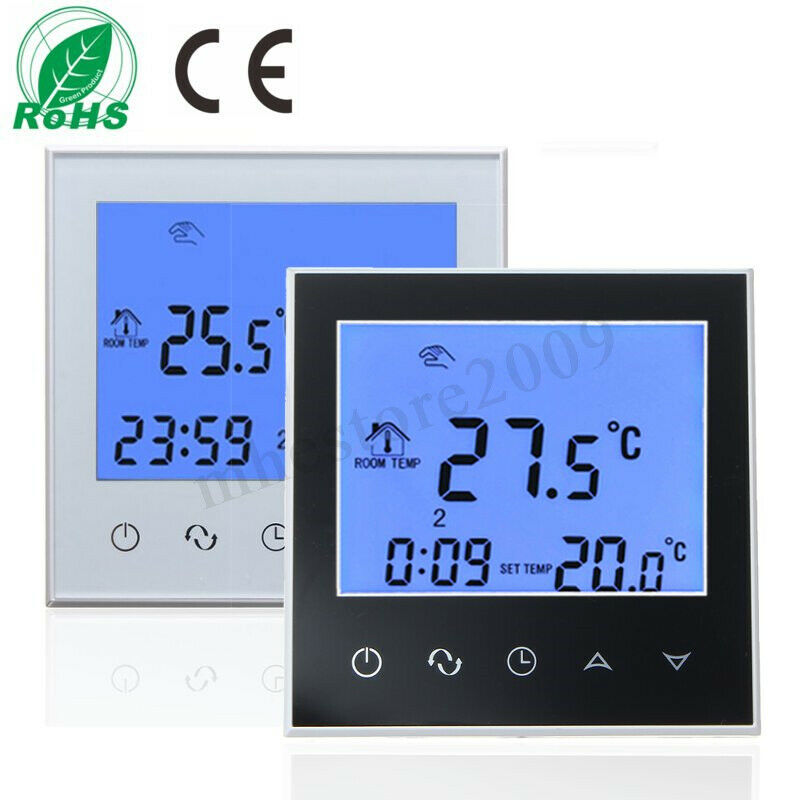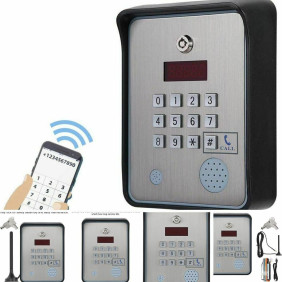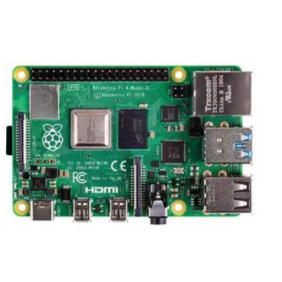The PWM signal generator provides electrical signals at different levels of frequencies, square waves and outputs.
A PWM signal generator is a device that provides electrical signals at different levels of frequencies, square waves and outputs.
It is used as a signal source or wake-up source for testing. Widely used in manufacturing practice and technology.
Properties:
1> With outer shell;
2> high-resolution LCD display;
3. Support UART;
4. Set the support frequency;
5. Set up a support workcycle;
6> . High detection accuracy;
7. Memory disabling support;
8> . 1-channel PWM output.
Parameters:
1>. Product Name: PWM signal generator;
2. 2. Model: XY-PWM;
3. Operating voltage: 3,3 V - 30 V;
4. Frequency range: 1Hz ~ 150 KHz;
5. Frequency accuracy: 2%;
6> Range of work cycles: 0.00% - 100%;
7. Input current: approx. 5 - 30 mA;
8> . Input amplitude: Same as input voltage;
9. Size: 79 * 43 * 27 mm;
10>. Operating temperature: -20 ° C ~ 70 ° C;
Range of frequency set:
Enter the settings interface by briefly pressing any "FREQ+" or "FREQ-" button in normal working order and select the frequency range. Automatic frequency range switching.
When you press the button, pay attention to the position in which the decimal point moves.
Show "XXX". Without a decimal point, the minimum frequency is 1 Hz. Frequency range is 1 Hz to 999 Hz.
Display "X.XX". The decimal point is the penultimate, the minimum frequency is 0,01 kHz. The frequency range is 1.00 kHz ~ 9.99 kHz.
Show "XX. X". The decimal point is the third last, the minimum frequency is 0,1 kHz. The frequency range is 10.0 kHz ~ 99.9 kHz.
Display "X.X.X". The decimal point is fully lit, the minimum frequency is 1 kHz. The frequency range is 1 kHz ~ 150 kHz.
Such as:
Display "100" means that the PWM output frequency is 100 Hz;
Display "1,01" means that the output frequency pwm is 1,01 kHz;
Display "54,1" means that the output frequency pwm is 54,1 kHz;
Display "1.2.4" means that the PWM output frequency is 124 kHz;
Range of set work cycle:
Enter the settings interface by briefly pressing any "DUTY +" or "DUTY" button in normal working order and select a operating cycle. Automatic frequency range switching.
The range of work cycles is 0.00% - 100%.
Use the steps:
1. 1. Connect the power supply;
2. 2. Press or long press the "FREQ +" or "FREQ-" button to set the frequency;
3. Short or long press "DUTY +" or "DUTY" to set the work cycle;
4. Connect to load.
UART communication and parameter setting
The system supports UART data recording and parameter setting functions (TTL level);
UART: 9600, 8, 1
1. 1. Set the PWM frequency:
"F101": The set frequency is 101 Hz. "101" can be replaced by 001 ~ 999;
"F1.05": The set frequency is 1,05 KHz. "0,05" can be replaced by 1,00 ~ 9,99;
"F10.5": The set frequency is 10,5 kHz. "10,5" may be replaced by 10,0 to 99,9;
"F1.0.5": The set frequency is 105 KHz.'1.0,5 can be replaced instead of 1,0,0 ~ 1,5,0;
2. 2. Set the PWM work cycle:
"DXXX": The set work cycle is XXX. The value "XXX" can be 000 - 100.
E.g: "D051" means that the PWN operating cycle is set to 51%.
3> .Read the set parameter:
Send "read" and then get the parameter.
4. Return value:
Return "DOWN": Set the success.
Return of 'FALL': Set fail.
Use:
1> Signal generator with square wave, generating a signal with a square wave for experimental development;
2. 2. It is used to generate a square wave signal that controls the engine driver;
3. Generate adjustable pulses for use in MCU;
4. Dimmer;
5. Quick regulator;
Note: It's 1-channel PWM output signal is the same. They cannot adapt on their own.































